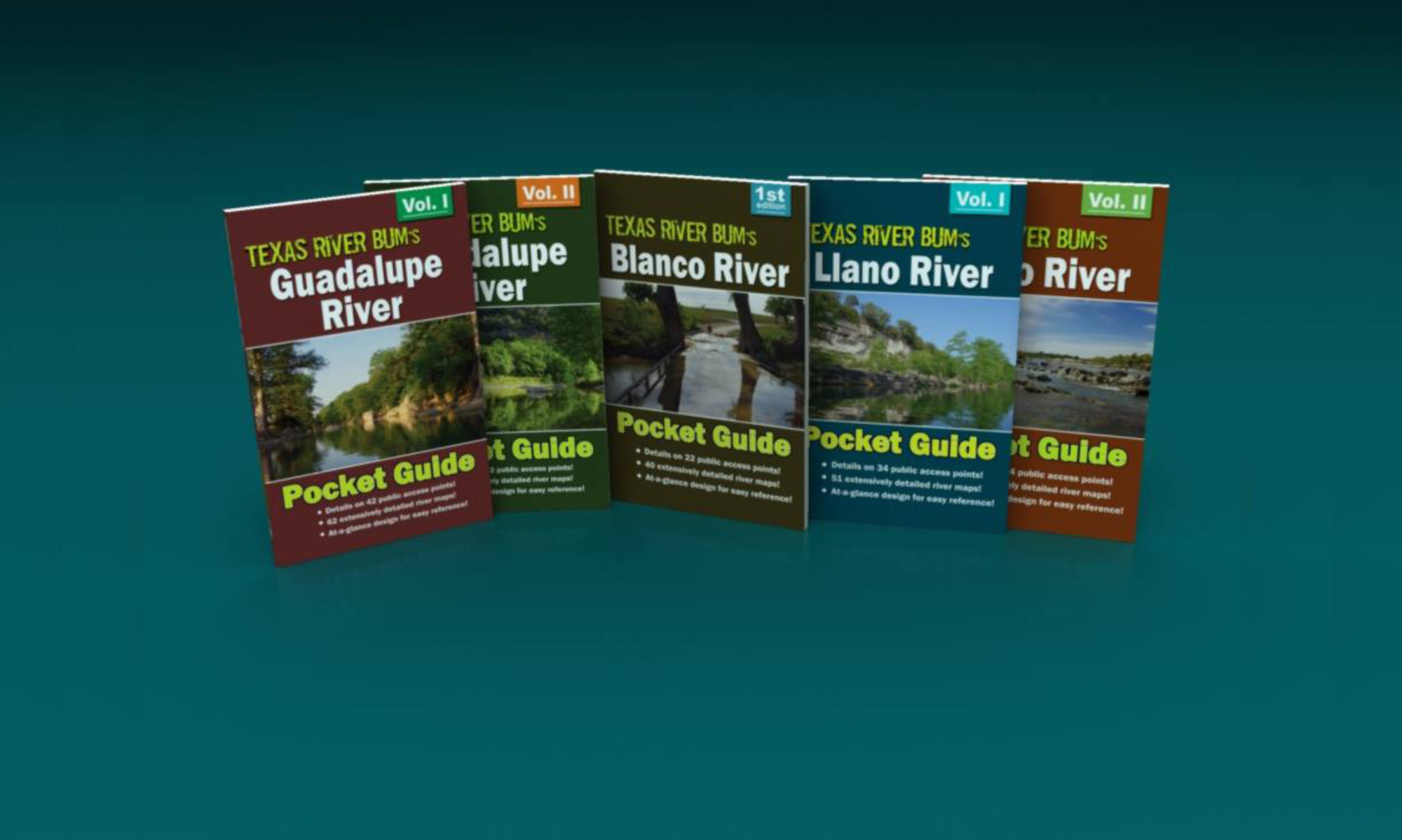Famed Texas fly fishermen Charlie Cypert is responsible for developing many of the regions most successful fly patterns for bass and panfish. The Cypert’s Minnow is probably best known for use during the white bass spawning run where fly fishermen with sinking lines have had great success in the rivers that feed into our hill country lakes.
My first use of the fly was when I was looking for something to mimic the shad of Lake Bastrop. The schooling largemouth bass there chase shad in the mid to late summer and we were looking for the most effective way to get hits. Well, the fly in mylar/white (we named it Disco Shad) worked better than we could have hoped for. In addition, it just ended up being a great all around bass fly for that lake.
We then used in in the Blanco and Llano Rivers with great results although pulling in panfish 90% of the time instead of bass.
However there was a problem with the Cypert’s design that we were buying at the local fly shop, the fly could not hold up to much punishment. If you were hooking up with decent sized bass, the nose could start slipping off after the 3rd fish. Panfish teeth tended to chew the rear wrappings and you could expect the thread to fall apart after 15 to 20 fish.
This was frustrating so when we starting tying our own patterns, I revisited the Cypert’s Minnow to see if we could improve its durability. First, we knew the thread itself would need to be as tough as possible so we chose to use gel spun thread at 200 denier, the strongest and toughest thread we could find. Its slippery stuff so you have to glue the first wraps to the hook and liberally add more on finishing but the results were great. We also tied in a tiny nosecone to act as a stopper and keep the piping from slipping forward.
We renamed this modified version of the fly the Super Cypert Minnow. In our testing the fly is now VERY durable and so far we haven’t had anyone who have used them lose a fly to damage.
Our favorite pattern is the Disco Shad which uses white chenille with mylar piping. Other proven patterns are red w/ gold and olive w/ copper.
There also a great story in our forums of a (at the time) novice fly fisherman’s first really successful day using this fly: http://www.texasriverbum.com/forum#/20110830/hey-yous-hay-day-a-last-hurrah-830273/

Nice video and tie, David (and team). I’ll have to try that minnow in some of our waters in New England. Looks like a great pattern for the salt as well.
Thanks Dean, we have the footage for 2 more fly patterns (FlyingCat & TussleBug) that I need to edit once I get the time.
Thanks for sharing the video on the Super Cypert Minnow.
Never saw chenile tied like that before.
After I tied a few I wanted a lateral line, so I hackled on a black long webby saddle hackle before tying in the chenile. Collecting the hackle with the chenile, I was able to get the hackle to stick straight out on each side of the minnow.
I haven’t had a chance to use them, but they look like they will get bit.
Perhaps a “Super Duper Cypert Minnow”?
Take Care
Thanks for the great video on the Cypert minnow. I was tying this pattern from Fly Tyer Spring 2013 and was thinking there has to be a better way of doing this. I found your web and used your way of tying in the chenille. It saves a lot of time and material. Separating the mylar strans is easy when using a parting tool,large darning needle,etc.. I am a tyer of over 60 years and it is never too late learning from young tyers.
Thanks again.
David, Just a follow up tying the Cypert minnow. I noticed a faint line down the fly so I got it wet and it showed up more. Remembering Steve Bellrichard’s coment of wanting a lateral line , I decided to start with black thread making sure the entire shank was covered then switched to white to finish the fly. What I got when the fly was wet is a nice dark thin line showing through the ultra chenille. It was an easy fix for me and just another way to get a lateral line on this fly. Thanks again.
Leo, sorry for the late reply. Interesting idea, I know that it does naturally have a faint line when you get them wet, I didn’t think to use a different color under wrapping to bring it out more. Thanks for the idea, we’ll have to see if it gets more fishy attention this season!
– Dave
The young gal did a very nice job on explaining how to tye this cypert minnow fly.
I have one tip for her : Use a dubbing needle to seperate the mylar ends so that the point of hook doesn’t prick your finger.
Keep up the good work on tying flies. I enjoy it also.